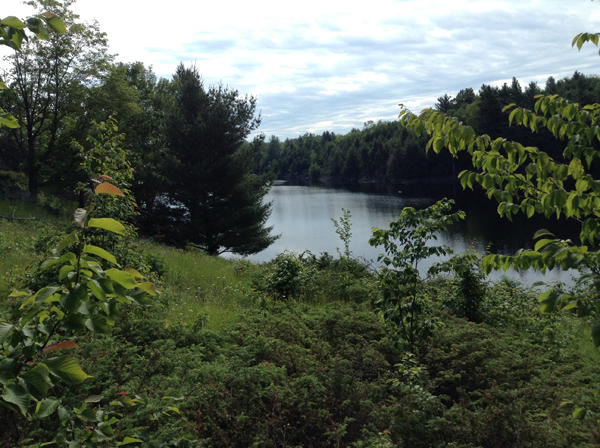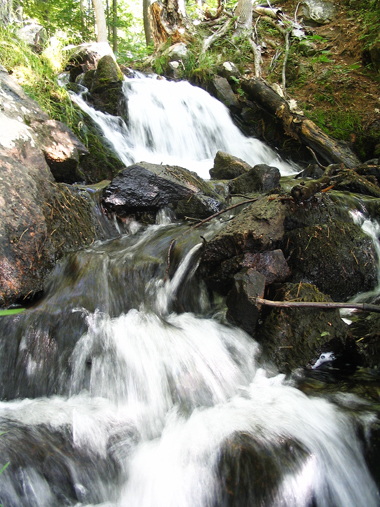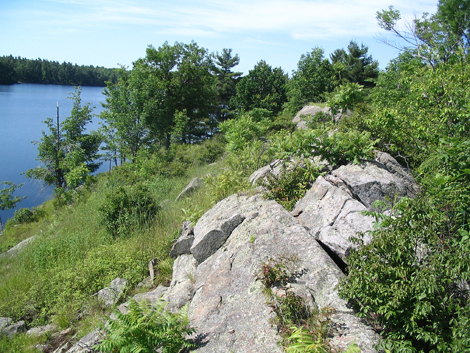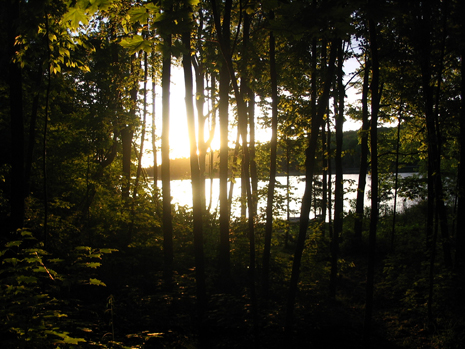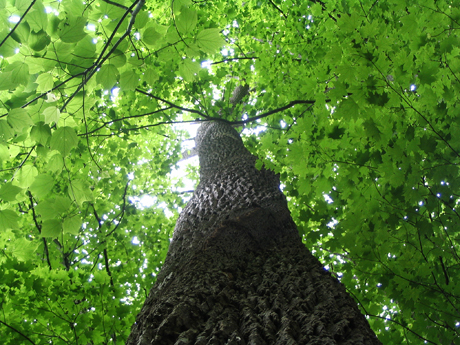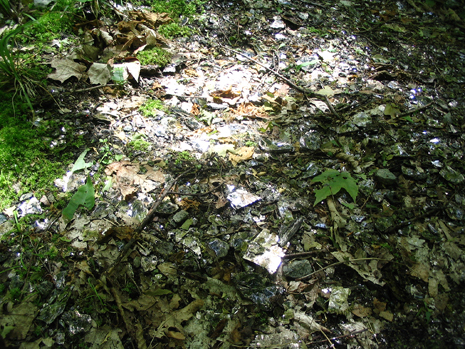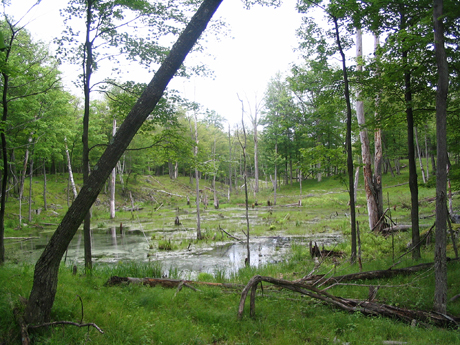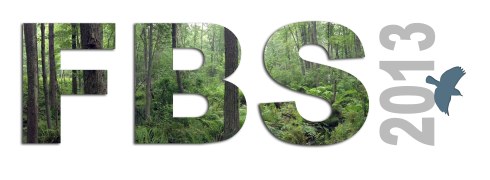
Our fifth straight season of avian monitoring and research in the Frontenac Arch was a success and is now officially wrapped up! A substantial amount of data was collected in 2013 and has now finally been proofed, entered, sorted and examined. Here’s a quick recap of the major highlights from 2013 – the season of the survey….
.
Point Counts Abound

This past year we conducted a lot of point count surveys – 258 in all, to be exact. Many of these (164) were repeat surveys at fixed stations that were first sampled in 2009. Overall, the effort required >40 kms of walking in Frontenac Provincial Park and stops every 500m along 56km of roadways throughout the study area. Over time, the data enables us to monitor changes in breeding bird populations in a broad array of landscape conditions. Overall, we observed a small decline since 2009 (-3.9%). Minor changes in abundance, positive or negative, are evident for most species, however some have shifted more markedly in recent years. Yellow-throated Vireos, for example, increased in abundance on point counts by a whopping 250% in 2013!
.
Cerulean Warblers in the Frontenac Arch
In 2013, we collaborated with Bird Studies Canada and Canadian Wildlife Service as part of a project to survey Cerulean Warblers. The study looked at populations across a 300 km extent from Georgian Bay to the Frontenac Arch. Results from this project and our own studies strongly support the value of Frontenac Provincial Park forests to Cerulean Warbler populations in Canada. Perhaps North America’s fastest declining wood-warbler, the Cerulean Warbler has been assessed as Endangered in Canada and Threatened in Ontario.
.
Monitoring Avian Productivity & Survivorship (MAPS): 2009-2013
Our fifth consecutive MAPS season came to a close on August 4, 2013. After the bumper 2009 season, a substantial decline in population diversity and abundance was detected, reaching a five-year low in 2011. This past season saw the first signs of a rebound with an overall record-high productivity index and also three-year high capture rates for many species. The program is a key component of our breeding bird monitoring objectives by providing annual assessments of forest bird demographics. We are pleased to report that “Mr.33”, a male Veery banded at MABO as a hatch-year in 2009 has returned each year since, including 2013! His travels from the Frontenac Arch to Brazil amount to >56,000 km over eight migrations. This distance is equivalent to one and a half trips around the globe – incredible!

.
These are just a few of many stories from the 2013 season of Frontenac Bird Studies. Our program exists through the assistance of many wonderfully supportive individuals and organizations. The Migration Research Foundation thanks the following for their contribution to FBS in 2013!
.
Funding
The John Hackney Foundation for the Noosphere
Frontenac Avian Atlas Day sponsors
Volunteers
Chris Dunn
Steve Gillis
Seabrooke Leckie
Project Support
Corina Brdar
Ontario Parks
Peter Dawson
Ontario Parks
Bert Korporaal
Ontario Parks
Chris Robinson
Ontario Parks
Ken and Vera Shepherd




